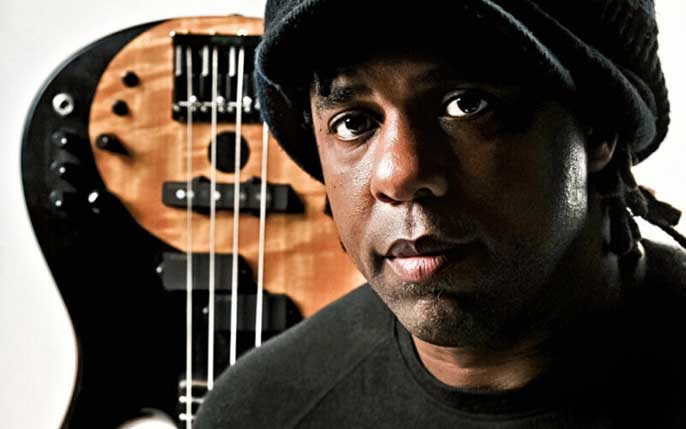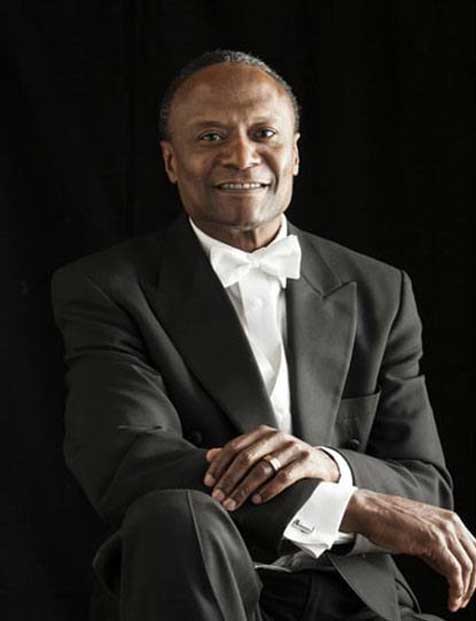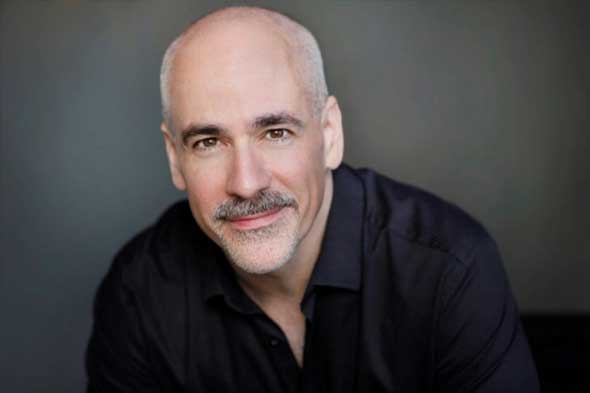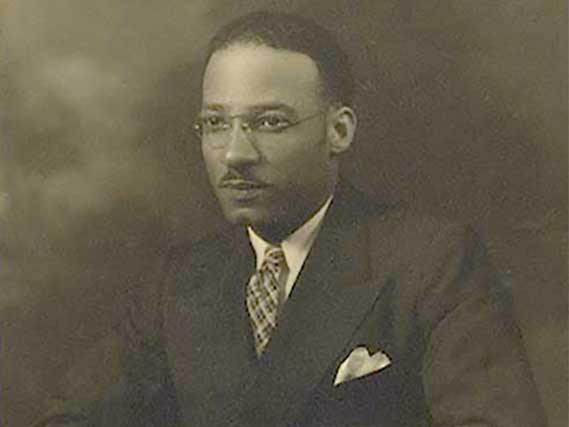What about the music?
An inside look with the Virginia Symphony Orchestra
Highlight: Electric Bass Superstar

The Performers

Victor Wooten
Electric bassist Victor Wooten was born September 11, 1964 in Mountain Home, Idaho and grew up in Southern California and Newport News, Virginia. He is the youngest of five musical brothers- Regi, Roy, Rudy, and Joseph. By the age of five they were performing together as the Wooten Brothers and were opening for acts such as Curtis Mayfield and the Temptations. Victor played cello starting in sixth grade and attended Denbigh High School in Newport News, Virginia. While in high school Victor played in the country music venue at Busch Gardens.
Fun Fact: Conductor Thom Wilkins also played at Busch Gardens in the German Band and met Victor there through his older brothers.
In 1988 Wooten and his brother Roy became founding members of the Flecktones, the band assembled by banjoist Béla Fleck. Victor Wooten’s virtuosity and musicality have led to widespread recognition as one of the finest bass guitarists in history. He was the first winner of Bass Player Magazine’s Bassist of the Year title and Rolling Stone magazine ranked him as one of the top-10 bassists of all time. He has won five Grammy Awards. In addition to his work with the Wooten Brothers band and the Flecktones, he has a thriving solo and recording career and has worked with numerous other groups.

Thomas Wilkins
Principal Guest conductor
Thomas Wilkins is currently principal conductor of the Hollywood Bowl in Los Angeles, Artistic Advisor for Education and Community Engagement at the Boston Symphony Orchestra, and he holds the Henry A. Upper Chair of Orchestral Conducting at Indiana University. He recently stepped down after 17 successful years leading the Omaha Symphony and his guest conducting credits include every major American orchestra.
Devoted to promoting a life-long enthusiasm for music, Mr. Wilkins brings energy and commitment to audiences of all ages. He is hailed as a master at communicating and connecting with audiences. Following his highly successful first season with the Boston Symphony, the Boston Globe named him among the “Best People and Ideas of 2011.” In 2014, Mr. Wilkins received the prestigious “Outstanding Artist” award at the Nebraska Governor’s Arts Awards, for his significant contribution to music in the state while in 2018 Thomas Wilkins received the Leonard Bernstein Lifetime Achievement Award for the Elevation of Music in Society conferred by Boston’s Longy School of Music.
Mr. Wilkins is a graduate of the Shenandoah Conservatory of Music and the New England Conservatory of Music in Boston. He and his wife Sheri-Lee are the proud parents of twin daughters, Erica and Nicole.
Fun Fact: Thom graduated from Booker T. Washington High School in Norfolk.
The Creators and Music

Peter Boyer
(1970-)
Peter Boyer is one of the most frequently performed American orchestral composers of his generation. His works have received over 500 public performances by nearly 200 orchestras, and thousands of broadcasts by classical radio stations around the United States and abroad. He has conducted recordings of his music with three of the world’s finest orchestras: the London Symphony Orchestra, the Philharmonia Orchestra, and the London Philharmonic Orchestra.
Boyer’s Grammy-nominated work Ellis Island: The Dream of America, for actors and orchestra, has become one of the most performed American orchestral works of the last 15 years, with over 200 performances by more than 100 orchestras since its 2002 premiere.
In addition to his work for the concert hall, Boyer is active in the film and television music industry. films, and various television programs. More information can be found at PropulsiveMusic.com.
Silver Fanfare was composed as the first movement of the six-movement work On Music’s Wings, commissioned by Orange County’s Pacific Symphony to celebrate its 25th anniversary. Since the 25th is considered the “silver” among anniversaries, I chose that descriptor for its title. The work maintains a jubilant mood from start to finish.

Victor Wooten
(1964-)
The story of Wooten’s concerto “La Lección Tres” begins with his 2008 book “The Music Lesson: A Spiritual Search for Growth Through Music.” Included in the curricula of such schools as Berklee College of Music, “The Music Lesson” is not an instruction manual but a novel about “music, life, and the difference between playing all the right notes … and feeling them.”
Wooten describes his book as the story of “a struggling young musician who wanted music to be his life, and who wanted his life to be great.” He gives a nutshell summary: “From nowhere it seemed, a teacher arrived. Part musical genius, part philosopher, part eccentric wise man, the teacher would guide the young musician on a spiritual journey, and teach him that the gifts we get from music mirror those from life, and every movement, phrase, and chord has its own meaning … All you have to do is find the song inside.”
La Lección Tres (The Third Lesson) begins with a slow and uncertain introduction. The main part of the movement is dominated by a flowing melody in 6/8 time, first played by solo oboe. Taken up by the bass, the tune often covers more than three octaves in a short span. You will hear lots of syncopation and percussion At its conclusion, the movement winds down like a tired clock.
The second movement opens with the bass in 5/4 time. Following a quick waltzing (3/4 time) passage, percussion highlights in the ensemble persuade the bass solo to become a percussion instrument itself before returning to its quasi-accompaniment role. After an extended major-key groove, the movement ends again in uncertainty. In an interlude preceding the finale, Wooten widens the spotlight to take in the entire orchestral bass section in a lighthearted exchange that segues to the energetic finale, propelled by a repeated, march-like rhythmic figure. The middle of the movement is atmospheric and colorful. The return of the ostinato march figure, enhanced by snare drum, restores the confident energy that brings the concerto to a close.

William Levi Dawson
(1899-1990)
Negro Folk Symphony
(1934)
William Levi Dawson was born in 1899, in Alabama. At age 13, he ran away from home to the Tuskegee Institute, where he studied music, wrote his first pieces and graduated in 1921. Ten years later, after earning a master’s degree, he returned to the historically Black institution to launch its music school, while making its choir internationally famous, singing his arrangements of spirituals.
Fun Fact: William Dawson played the trombone!
The work was premiered to great acclaim at Carnegie Hall in New York City by the Philadelphia Orchestra under the baton of Leopold Stokowski.
The piece is in three movements:
- The Bond of Africa
- Hope in the Night
- O Le’ Me Shine, Shine Like a Morning Star!
In the words of Thom Wilkins:
“Although this symphony was completed in 1934, it was largely ignored, and excluded from the canon of classical music in America. For this reason, many listeners are just now being introduced to this music. I was not aware of it until I was in my late twenties but have lived with it ever since
This is music of a person, not only comfortable in his own skin, but even encouraged by possibility and promise. We hear Dawson’s own love for the Negro spiritual, and even American Jazz. This is music that is at one point mournful, and yet at another full of hope.
The final movement says it all: “O Let Me Shine, shine like a bright morning star”. We are subsequently all invited to take hold of this sense of aspiration, regardless of the color of our skin.”
